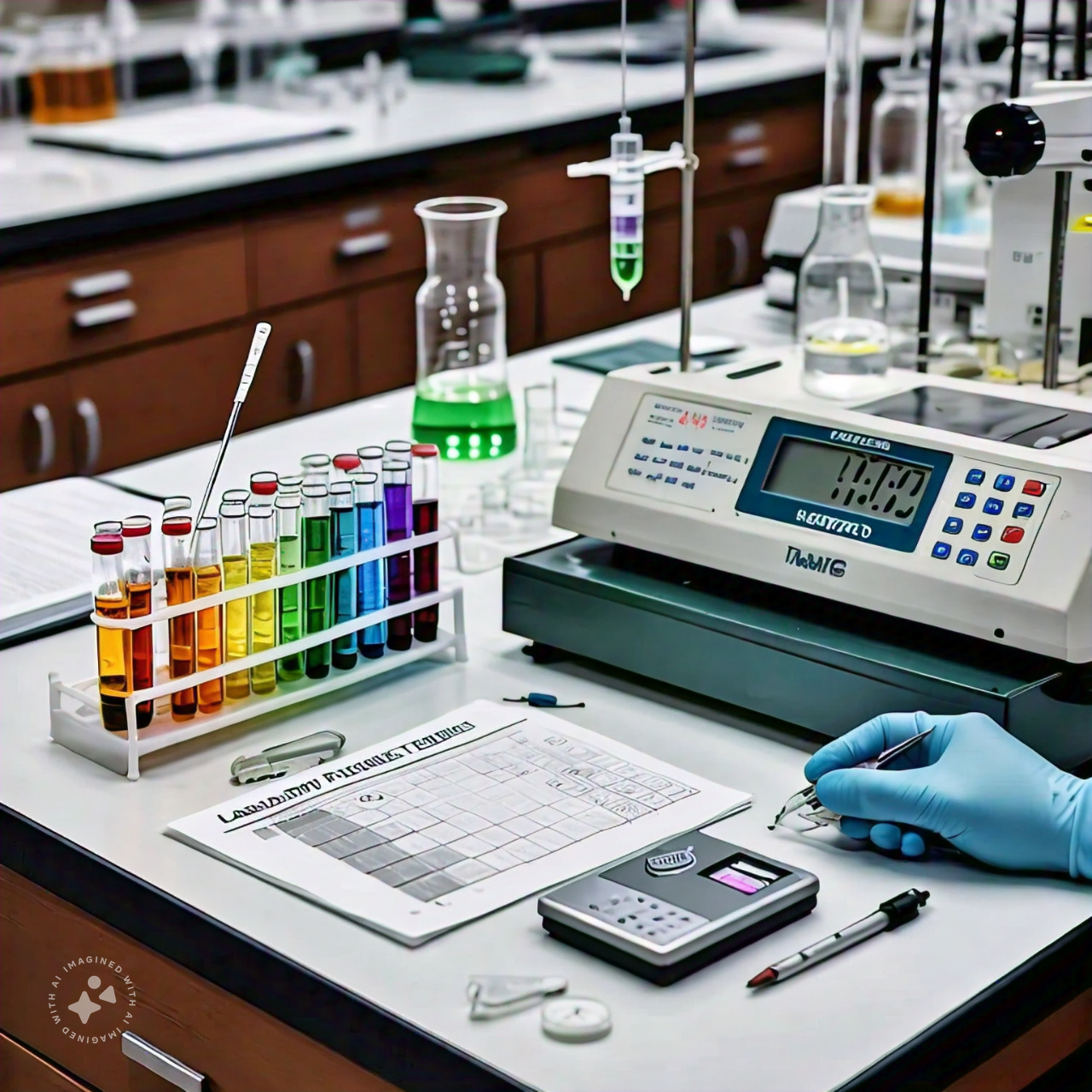The growth of the laboratory proficiency testing market is primarily driven by stringent safety and quality regulations for food and pharmaceutical products, increasing focus on water testing, and increasing number of laboratory accreditations. However, the need for proficiency testing scheme harmonization and the dearth of skilled professionals pose potential challenges to the market landscape. The growth of the pharmaceutical proficiency testing market is driven by the growth of the pharmaceuticals market, the surge in the generics market, stringent quality control in the production of pharmaceutical products, and the emerging biosimilars market, while the major restraining factor is cost and time-intensive drug manufacturing process.
The report Laboratory Proficiency Testing Market to grow from USD 1.2 billion in 2023 to USD 1.6 billion by 2028, at a CAGR of 7.4% during the forecast period.

Driver: Stringent safety and quality regulations for food and pharmaceutical products
Growing complexities in the supply chain of food and pharmaceutical products, rising use of economic lack of adoption of proper hygiene, growing instances of adulteration, and sanitation practices during production, transportation, and storage, lack of awareness about allergens, growing instances of cross-contamination, and non-compliance with labeling laws have increased the incidence of contamination of final products, which in turn are responsible for large-scale outbreaks of foodborne illnesses in consumers. This has raised severe concerns among producers, regulatory authorities, end consumers, and other industry stakeholders.
Opportunity: Growth opportunities in emerging countries
Emerging economies such as China, India, and South Korea are expected to offer significant growth opportunities for players operating in the laboratory proficiency testing market. This can primarily be attributed to the presence of less stringent regulatory policies, low labor costs, and high growth in their respective pharmaceutical and food sectors.
These countries are attracting pharmaceutical companies not only because of the low-cost manufacturing advantage but also due to the high and growing incidence of chronic and infectious diseases, rising disposable income levels, improving access to healthcare services, and implementation of favorable government policies. The growing presence of global as well as local pharmaceutical and biopharmaceutical companies in these countries is, in turn, driving the demand for proficiency testing services.
Market Segmentation: –
Based on industry, the laboratory proficiency testing market is segmented into clinical diagnostics, microbiology, pharmaceuticals, food & animal feed, water, biologics, environmental, commercial beverages, cosmetics, cannabis/opioids, dietary supplements, and nutraceuticals. In 2022, the clinical diagnostics segment accounted for the largest share of the laboratory proficiency testing market. Factors such as the rising demand for early and accurate disease diagnosis, advancements in clinical diagnostic techniques, rising government initiatives to improve the quality and affordability of clinical diagnostic testing procedures, increasing incidence of target diseases, and growing public-private investments as well as research funding & grants to develop innovative laboratory testing procedures, are driving the growth of the clinical diagnostics segment.
Based on technology, the global proficiency testing market is segmented by various technologies, including chromatography, spectrophotometry, immunoassays, PCR, cell culture, and other techniques. In 2022, the cell culture segment held the largest market share in the Laboratory Proficiency Testing market. However, it is anticipated that the chromatography segment will experience the highest compound annual growth rate (CAGR) during the forecast period. This can be attributed to the increasing use of chromatographic techniques in water, pharmaceutical, and food industries.
Regional Analysis:
The laboratory proficiency testing market is segmented into five primary regions: North America, Europe, Asia Pacific, Latin America, and the Middle East & Africa. In 2022, North America held the largest market share. However, it’s expected that the Asia Pacific (APAC) market will experience the most rapid growth throughout the forecast period. This growth is mainly attributed to the rising demand for outsourcing analytical testing services in countries such as China, India, Japan, and Singapore. In addition, governments and regulatory bodies across APAC countries are tightening regulations to ensure the accuracy and reliability of testing and measurements. These factors are supporting the growth of the adoption of laboratory proficiency tests in the region.
Recent Developments of Laboratory Proficiency Testing Industry
- In July 2023, LGC Limited (US) acquired Kavo International (US) to strengthen its portfolio of quality measurement tools.
- In March 2023, the College of American Pathologists (US)launched a new proficiency testing program focused on the monkeypox (mpox) virus. By introducing the new mpox PT program, laboratories can enhance the quality assurance of their molecular testing process and contribute to the assurance of precise and dependent test outcomes, aiding in the detection of the mpox virus.
- In April 2022, Spex CertiPrep (US) acquired NSI Lab Solutions (US) to strengthen its product portfolio in the proficiency testing segment.
- In January 2022, Fera Science Ltd. – FAPAS (UK) formed a partnership with BioFront Technologies, which will act as the agent representing FAPAS proficiency testing services in the United States.
Top key Players:
The prominent players in the laboratory proficiency testing market are LGC Limited (UK), College of American Pathologists (US), Bio-Rad Laboratories (US), Merck KGaA (Germany), American Proficiency Institute (US), Randox Laboratories (UK), Fapas (Fera Science Ltd.) (UK), Waters Corporation (US), QACS (Greece), Weqas (UK), AOAC INTERNATIONAL (US), Bipea (France), SPEX CertiPrep (US), Absolute Standards Inc. (US), Trilogy Analytical Laboratory (US), Advanced Analytical Solutions (US), American Industrial Hygiene Association (US), Matrix Sciences (US), Aashvi Proficiency Testing & Analytical Services (India), Global Proficiency (New Zealand), The Emerald Test (US), FLUXANA GmbH & Co. KG (Germany), Phenova Inc. (US), FARE Labs (India), Go Plus Services SDN BHD (Malaysia), and Muva Kempten GmbH (Germany).
